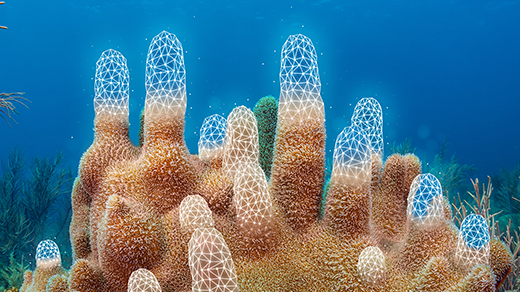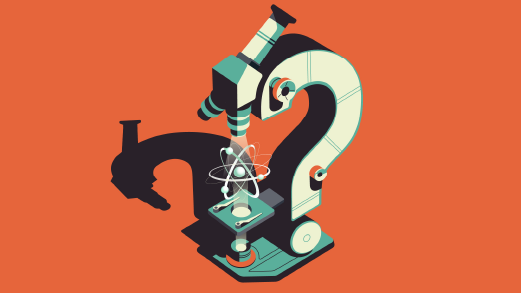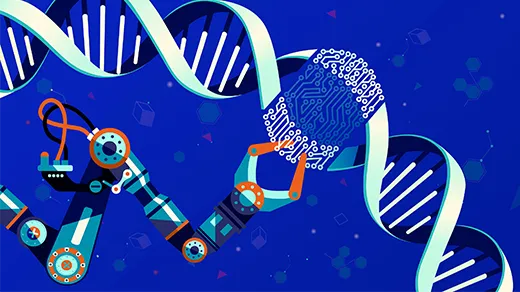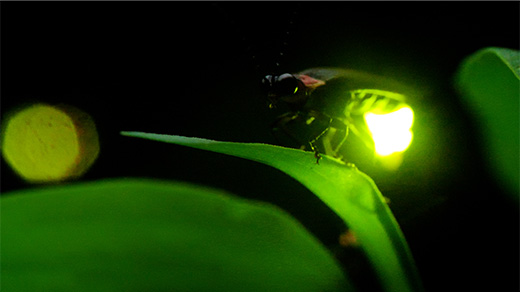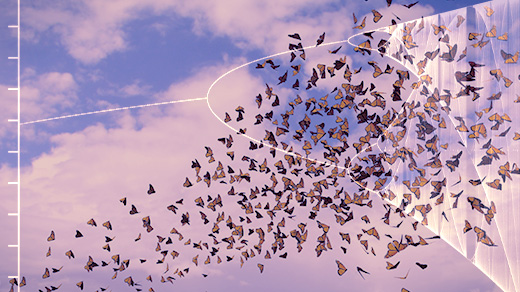What's up in
Mathematical biology
Latest Articles
The Ecosystem Dynamics That Can Make or Break an Invasion
By speedrunning ecosystems with microbes, researchers revealed intrinsic properties that may make a community susceptible to invasion.
The ‘Elegant’ Math Model That Could Help Rescue Coral Reefs
Physicists and marine biologists built a quantitative framework that predicts how coral polyps collectively construct a variety of coral shapes.
How Is Science Even Possible?
How are scientists able to crack fundamental questions about nature and life? How does math make the complex cosmos understandable? In this episode, the physicist Nigel Goldenfeld and co-host Steven Strogatz explore the deep foundations of the scientific process.
Can We Program Our Cells?
By genetically instructing cells to perform tasks that they wouldn’t in nature, synthetic biologists can learn deep secrets about how life works. Steven Strogatz discusses the potential of this young field with researcher Michael Elowitz.
How Do Fireflies Flash in Sync? Studies Suggest a New Answer.
Field research suggests a new explanation for the synchronized flashing in fireflies and confirms that a novel form of “chimeric” synchrony occurs naturally.
Hidden Chaos Found to Lurk in Ecosystems
New research finds that chaos plays a bigger role in population dynamics than decades of ecological data seemed to suggest.
At the Dawn of Life, Heat May Have Driven Cell Division
A mathematical model shows how a thermodynamic mechanism could have made protocells split in two.
Turing Patterns Turn Up in a Tiny Crystal
The mechanism behind leopard spots and zebra stripes also appears to explain the patterned growth of a bismuth crystal, extending Alan Turing’s 1952 idea to the atomic scale.
Emery Brown and the Truth About Anesthesia
Anesthesia is very different from sleep — which is why it offers unique opportunities for studying the human brain, says the physician-researcher and statistician Emery Brown.

